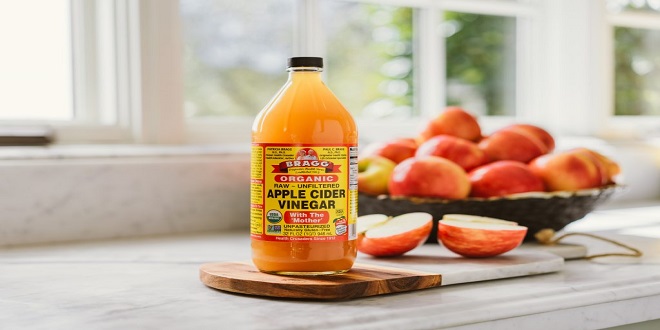How to Treat and Prevent Brittle Toenails

Toenails aren’t just for walking on: you also use them to push against when climbing, kicking soccer balls and even playing the piano. So if they get used so much, it makes sense that they can get a little rough from time to time. These nails are made up of several layers of nail-like structures known as syndesmosis, which provides flexibility and strength as mentioned in kerassentials. They’re also covered in a layer of tough callus that protects them from water and the elements. When toenails become too rough from friction or extended wear, this outer layer can become worn down and cause cracks to form. This is known as brittle toenail syndrome (also called Onychostomiasis).
What is Brittle Toenail Syndrome?
Brittle toenails occur when the nail becomes weak from excessive wear. This layer becomes more worn down and eventually breaks off, leaving an open wound behind. Luckily, brittle toenail syndrome is a preventable condition that can be easily prevented and treated with proper care. Beware that the terms “brittle” and “onychostomiasis” are very common in the toenail care industry but are not technically correct. Brittle toenails are the result of poor nail care, while onychostomiasis is a parasitic infection that affects the skin and nails. Brittle toenails can be caused by many factors, but the most common include genetics, poor diet, anxiety, tarsosis and gout. If you have a brittle toenail, you can keep them as healthy as possible with the tips below.
Causes of Brittle Toenail Syndrome
Excessive vitamin and mineral deficiencies – If your diet is low in certain B vitamins, minerals and essential fatty acids, the toenails can become brittle from an imbalance in the nail layers. Cancer – While it’s rare, brittle toenails can also be caused by a malignant tumor or infection in the nail bed. Diabetes – This common condition, in which the body produces too few insulin receptors, can cause the toenails to become weak.
Signs of Brittle Toenail Syndrome
The most obvious sign of brittle toenail syndrome is a split toenail. The nail can become thin, cracked or completely split off the nail bed and drop off. A less obvious sign is the appearance of yellowed or discolored nails. This occurs when the nail becomes too thin and is more susceptible to the environment. Another sign is a bump, swelling or pain in the nail bed. This can be an early sign of onychostomiasis, in which the nail is beginning to.
Brittle Toenail Care: What You can do to Treat Brittle Nails
– Invest in high-quality, durable footwear. – Wear shoes with good traction. – Keep your toenails short. – Dry your nails thoroughly. – Avoid harsh soaps and detergents. – Trim your toenails short and keep them short.
Toe Nail Buffers and Softeners
If the nail becomes too thin, it can become soft and easy to break or crack. Use a toe nail buffer to buff your nails and keep them strong. Buffing your nails with a buffer removes the thin layer of nail that can break off. To soften nails, try a natural nail softener. These products contain minerals such as calcium and vitamins, which are essential for healthy toenails. You can also try a natural nail oil, which is said to help soften nails. Try to avoid applying oils to your nails when you’re wearing shoes as it can make them slippery.
Toe Nail Hardeners and Sealers
If the nail becomes too thin, it could be difficult to grow new nail tissue. If this happens, you can file the nail down and use a hardener to seal the nail. This hardens the nail to prevent it from becoming too thin. Hardeners are available in a variety of formulas, so you can choose one that suits your nails and your lifestyle. If you wear rubber shoes and plan to keep them that way most of the time, a rubber hardener is a good choice. If you wear shoes that don’t require as much protection, you can choose a non-rubber hardener.
How Often do you need to Treat Brittle Nails?
If the cause is poor nail care or a vitamin or mineral deficiency, you need to treat your brittle nails every time they break. You can’t wait until they break again to treat them, because the nail will continue to become weaker. If, however, your nails are becoming too thin from wear or an underlying condition is causing them to break, you can wait before treating them. When to treat brittle nails depends on your lifestyle and the severity of the condition. If you wear shoes most of the time, you’re likely to have brittle nails, so you need to treat them every time they break. If, however, you only wear shoes rarely, you can wait to treat them until they break.
Conclusion
A rough toenail can damage the feet and lead to a whole host of problems. If you’re experiencing brittle toenails, you can keep them as healthy as possible by wearing good-quality shoes, keeping your nails trimmed short and buffing your nails every time they get too thin. In addition, you can use a toe nail buffer, toe nail hardener or softener, and file your nails regularly.





